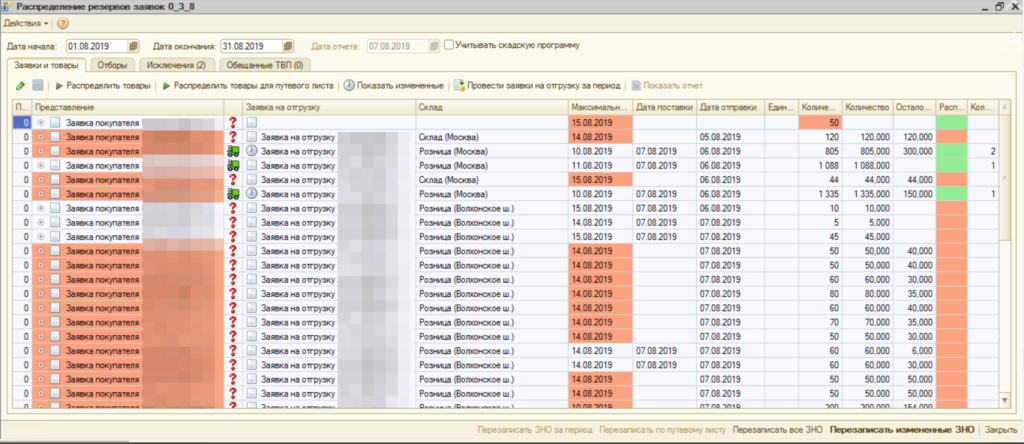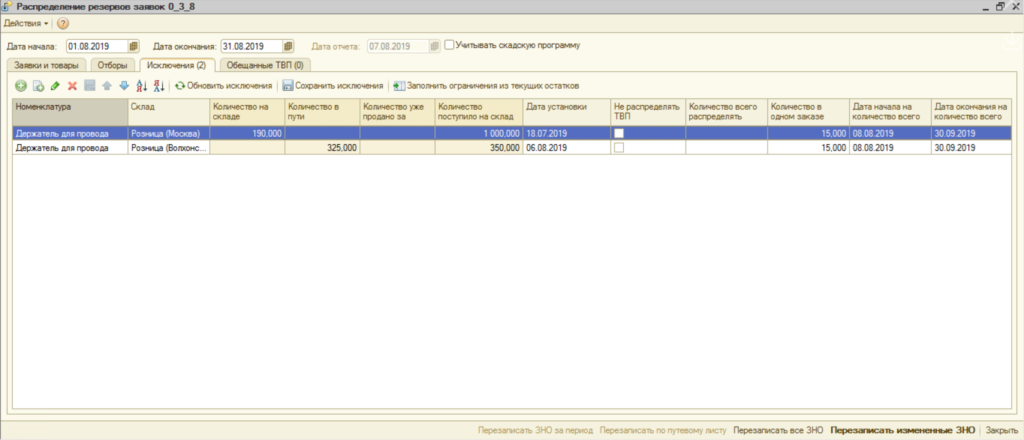Project:
Automation of the work of purchase sales departments in order to reduce the processing time of orders by sales managers and to establish interaction between departments for the ROSTERm group of companies – the largest player in the market for engineering support of residential, commercial, and social construction projects in Russia.
Task:
ROSTER has a number of wholesale buyers who form orders for a certain period (let’s take 2 months and the number of orders is not less than 100 pieces, each of which contains from 10 to 100 items of goods).
Since it is impossible to ensure the constant availability of such a quantity of goods in the warehouse for a specified period, managers provide them in priority, that is, they manually remove reserves from a number of orders to ensure urgent shipment. The process looks like this:
– the order will be distributed
– edited
– held again
Naturally, this takes a lot of time. Moreover, with an increase in the number of orders, the system becomes completely inoperative. Therefore, it was necessary to automate the activities of employees. The processing process was supposed to be like this:
– The system automatically reserves orders:
* which are shipped in the coming dates from stock availability;
* which must be necessarily shipped by the appointed date.
Also, certain items of goods in the order are reserved, which are a priority for the buyer.
In addition, it is important to take into account that some goods cannot be reserved more than a certain quantity in one order, since there are restrictions on their availability in the warehouse.
In the end, we managed to create a suitable system that automatically determined and reserved priorities.
Implementation:
The first stage was:
The problem statement, discussion with all process participants, and prototype creation

2nd stage was:
Detailed verification of the ability of the prototype on the test base, finalization of the prototype
The 3rd stage was:
Work on a combat base, finalizing new functionality according to the needs of the customer (during the tests, ideas arose on how else the system could be improved)
By the way, when testing the system, it turned out that the initially chosen approach can be significantly improved, therefore, within the framework of the SCRAM methodology, we quickly changed the code and significantly improved its performance.
Results:
- Decreased processing time for priority orders by sales managers;
- Managers received a detailed report on reserves and accelerated communication with the purchasing department
- We managed to cope with the increased number of orders.






